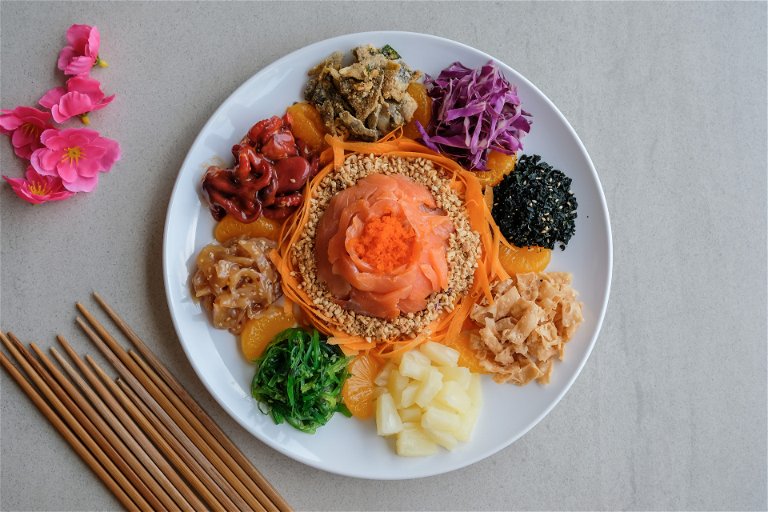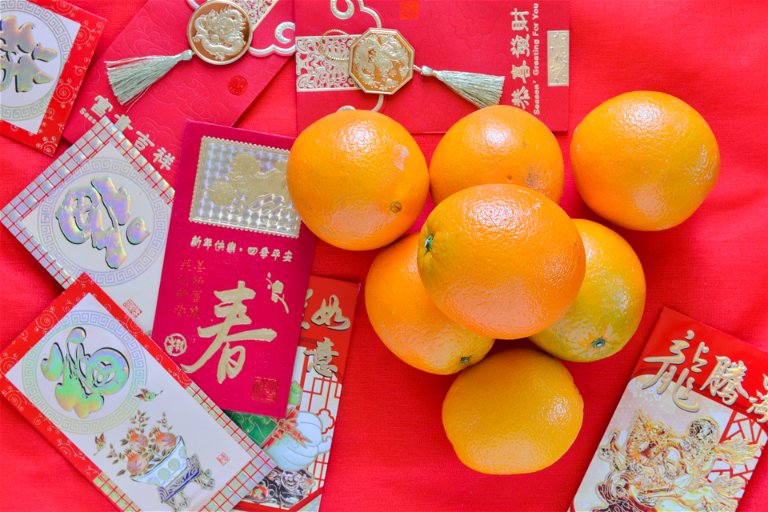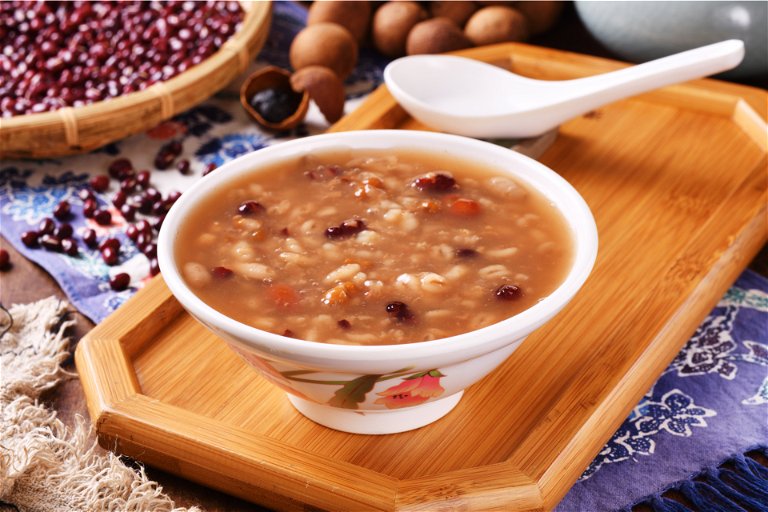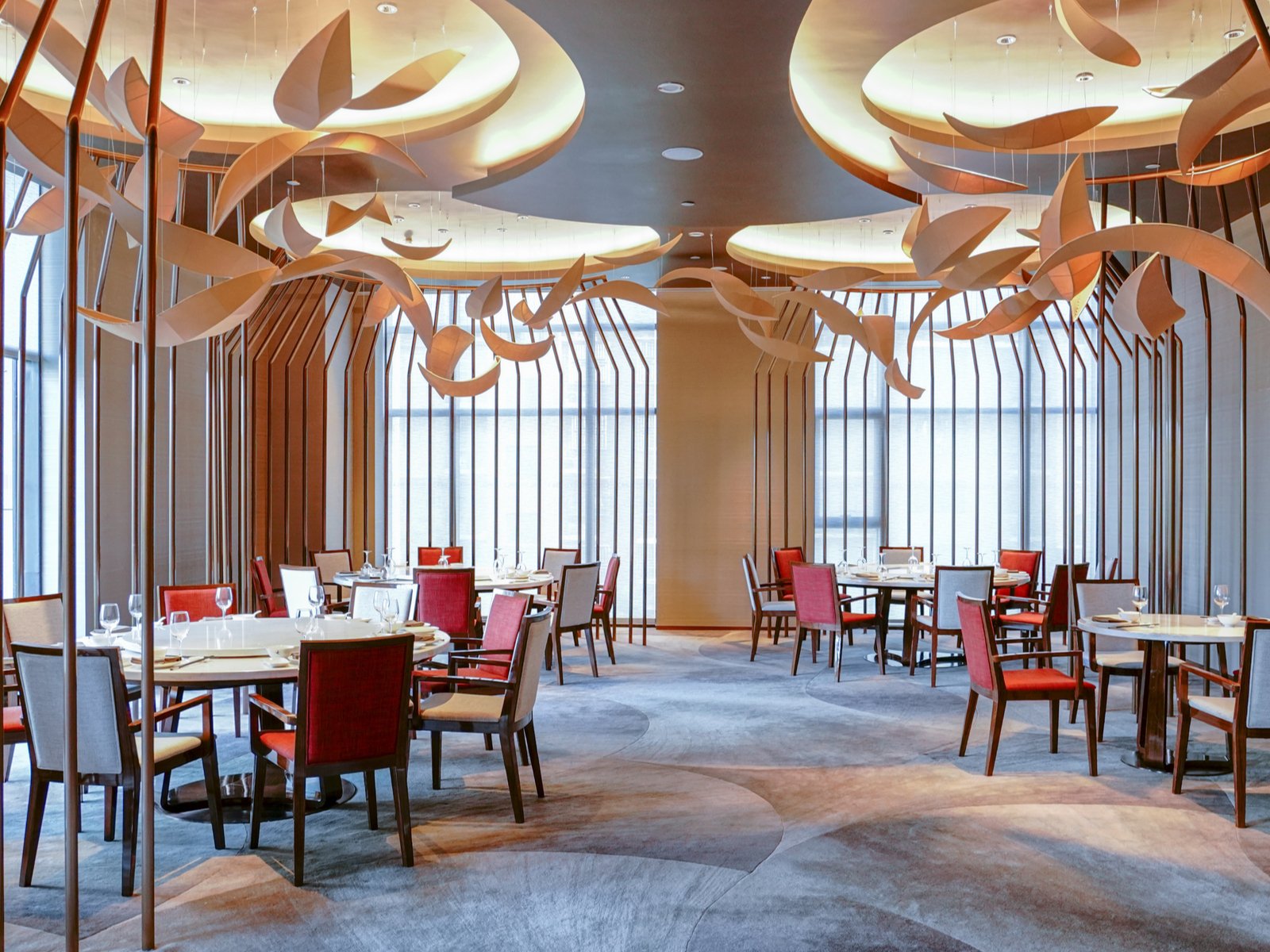Foods to Celebrate Lunar New Year
Health, prosperity, longevity and the sharing of great food are the cornerstones around which Lunar New Year celebrations revolve.
Lunar New Year festivities are the high point of not only of China's calendar but for people of Chinese heritage around the world, as well as many other Asian cultures. Each has their own nuances and different speciality dishes whether they're in Taiwan, Singapore, Hong Kong or Thailand.
It has become a marker of cultural identity for the Chinese diaspora: a festival of reunion, rebirth and new beginnings commencing with a slap-up feast where diners stay up until midnight to welcome the New Year with firecrackers. For two weeks, it is customary to eat, drink and make merry until the Lantern Festival on the 15th day.
Lunar New Year 2022 started on February 1st and is the Year of the Tiger, according to the Chinese zodiac which is based on a 12 year cycle.
Certain foods are always enjoyed at the New Year table as they symbolise valued aspirations, a wish for the coming year to be one of prosperity, achievement, abundance and good fortune. Here are a few of them.
Lo Hei Yusheng - Prosperity Salad
This communal Cantonese-style tangy raw salad is often served at the start of a Lunar New Year banquet and represents abundance, prosperity and vigour. It’s a spectacular platter of shredded vegetables including julienned daikon radish, carrots, spring onions, ginger, pickled spring onions, cucumber, crispy fried croutons, seaweed, Chinese pear and raw fish.
The salad is dressed with crushed peanuts, sesame seeds, five-spice powder, plum sauce and sesame oil. The thinking is that the higher the salad is tossed, the more luck is brought into the new year. This is meant to be an inclusive affair: each guest brandishing their own chopsticks and mixing and raising the salad ingredients whilst proclaiming ‘Lo hei, lo hei!’ (scoop it up, scoop it up) as they make a wish.

Whole Steamed Fish
Chef Ken Hom, known as the 'King of Wok', describes the presence of a steamed fish as ‘a symbol of prosperity and wealth for the New Year and no feast is complete without one.’ It is preferably cooked whole, with the head and tail attached, as this symbolises a good beginning and end for the coming year. It typically forms the centrepiece of New Year celebrations.
Steamed seabass traditionally seasoned with ginger and spring onions is customary. In Cantonese the word for fish — yu — sounds similar to the words wish and abundance, going hand-in-hand with leen leen yow yu — another traditional Chinese saying meaning to have abundance and success year after year.
Emperor Chicken
A whole chicken poached in a broth that is tender and flavourful. Serving a whole chicken, complete with its head and feet, symbolises completeness and rebirth.
Dumplings
The number of dumplings eaten at New Year is said to symbolise the amount of money one will have in the coming year, so gorging on a mountain of dumplings comes highly recommended. The wealth connection comes from the shape of the dumplings being said to resemble ingot-shaped coins of bygone times.
Longevity Noodles
Don’t even think about cutting the strands of noodles: the longer the noodle, the longer the diner’s lifespan. Noodles are the true key to longevity and harmony in Chinese culture. Typically noodles are served with garlic, ginger, chilli pepper, sesame oil and soy sauce.
Spring Rolls
Typically filled with vegetables, served to represent the new beginning of the year. Spring rolls are regarded as a symbol of wealth because of their likeness to golden bars. Ken Hom also remembers that his mother always served something wrapped such as a spring roll at New Year as a symbol of giving and receiving gifts.
Pang Yuan 9 (Sweet Dumplings)
Chewy, multi-coloured glutinous rice balls in sweet syrupy ginger soup are associated with family togetherness. The round shape and pronunciation also symbolise union, so they are traditionally eaten throughout the New Year period when families get together for meals.
Nian Gao (Glutinous Rice Cake)
A sticky steamed rice cake, nian gao literally translates to ‘year cake’ is supposed to help those who eat it climb to new heights of prosperity. Typically made with glutinous rice flour and cane sugar.
Lucky oranges & pomelos
Lucky oranges and tangerines are shared, not only to load up on vitamin C, as the Chinese words for orange and gold sound similar, while the word tangerine sounds like ‘luck’. Pomelos are also considered lucky, as the large grapefruit relation signifies abundance; the Chinese word for pomelo sounds like the words ‘to have’.
Eight Treasure Rice Pudding
A must-have dessert, especially popular in both mainland China and Taiwan, this rice pudding consists of sticky glutinous rice, dried fruits, nuts and red bean paste. The name comes from the eight different kinds of dried fruits including raisins and candied winter melon – the number eight of course being a traditionally lucky number in China.



















